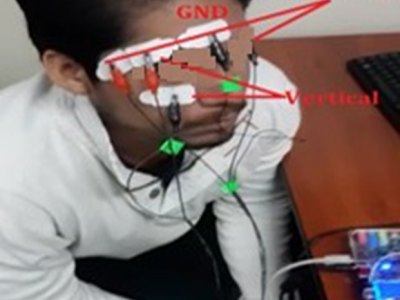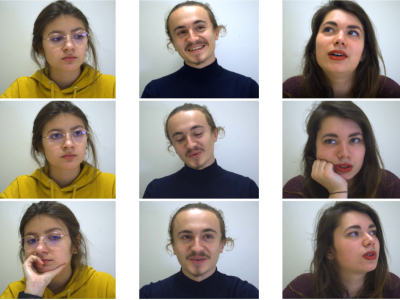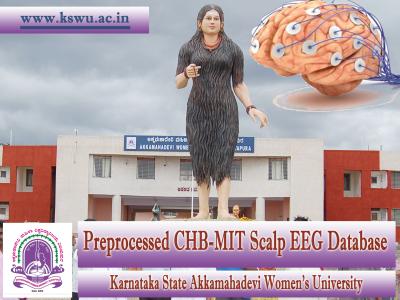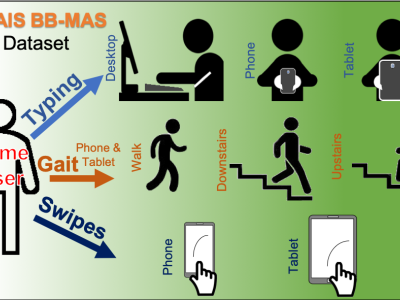Synchronized EEG and Accelerometer Dataset for Corticokinematic Coherence Analysis During Lower Limb Passive Movements
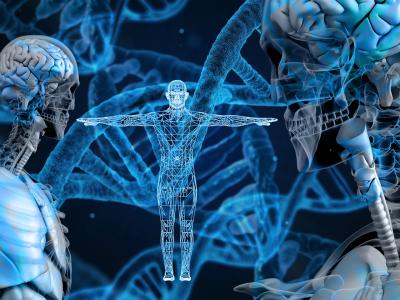
- Citation Author(s):
-
Shuai Zhao (Zhejiang University of Technology)
- Submitted by:
- Shuai Zhao
- Last updated:
- DOI:
- 10.21227/kwj6-7w19
 26 views
26 views
- Categories:
- Keywords:
Abstract
This dataset provides synchronized recordings of electroencephalography (EEG) and accelerometer (ACC) signals collected during controlled passive lower limb movements. The data were acquired to facilitate analysis of corticokinematic coherence (CKC), aiming to quantify cortical responses associated with proprioceptive input. EEG signals were recorded from healthy participants using a standardized electrode layout according to the international 10-20 system, while tri-axial accelerometers captured precise limb movement kinematics. The dataset supports neuroscience research focused on sensorimotor integration, proprioception assessment, cortical representation of lower limb movements, and methodological development in EEG-kinematic coherence analysis.
Instructions:
1. Dataset File List
| Filename | Type | Description |
|--------------------------------|---------------|-----------------------------------------------------------------------------|
| XXX.bdf | Raw EEG | Raw EEG data recorded using a wireless acquisition system (.bdf format) |
| XXX.mtb | Raw ACC | Raw motion data from Xsens MTi accelerometer (.mtb format) |
| MT.txt | Converted ACC | Converted or exported acceleration data from MTB |
| XXX.xlsx | Processed | Processed EEG and ACC signals, CKC results, time-domain/FFT features |
| acc.txt | Intermediate | preprocessed acceleration signal |
| eeglab.txt | Log | EEGLAB preprocessing steps, ICA components, or script notes |
2. Experiment Overview
Participants: Healthy adults (n = X)
Task: Passive lower-limb movement at 0.6-1.4 Hz
Setup:
Movement Type: Cyclic dorsiflexion/plantarflexion driven by motorized pedal system
3. Data Structure
A. EEG (.bdf)
- BioSemi format, includes:
- EEG signals
- Trigger channels (for stimulus timing alignment)
- Recommended tool: EEGLAB (MATLAB)
B. ACC (.mtb and .txt)
- *.mtb: raw 3D accelerometer signal from Xsens IMU
- *-000.txt: exported ACC in ASCII (X, Y, Z axes)
- acc.txt: possibly filtered version
C. Processed Data (.xlsx)
- Contains:
- EEG-ACC coherence results (e.g., CKC peak values)
- Trial parameters (frequency, duration)
- Optional: time-series snapshots, power spectral densities
4. Usage Instructions
Step 1 – Load Raw Signals
- Use EEGLAB to import .bdf EEG files
- Use Xsens MVN Analyze or MATLAB/Excel to open .mtb or converted .txt ACC files
Step 2 – Preprocessing
- EEG: bandpass filter, ICA, re-reference
- ACC: low-pass filter , normalization
- Synchronize using event triggers or timestamps
Step 3 – CKC Analysis
- Compute coherence between EEG and ACC
- Focus on stimulation frequency and harmonics
- Visualization: coherence spectra, topographic maps
5. Suggested Applications
- Corticokinematic Coherence (CKC) analysis
- Proprioception and sensorimotor pathway research
- Time–frequency neural activity analysis
- Brain–movement coupling studies
- Data-driven movement decoding model training


